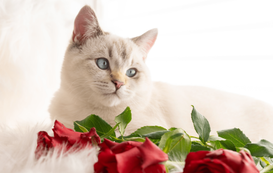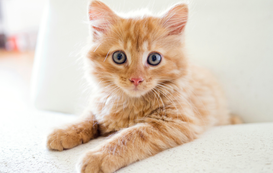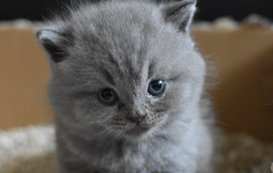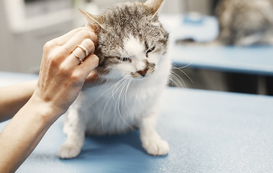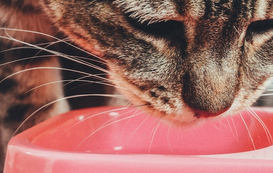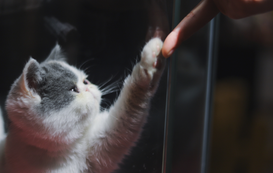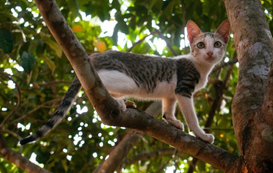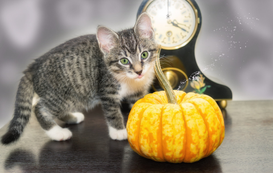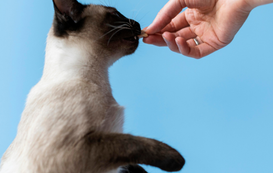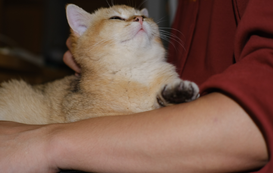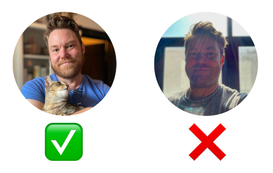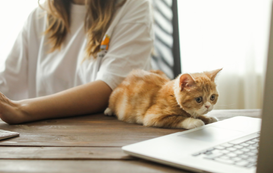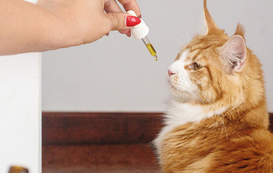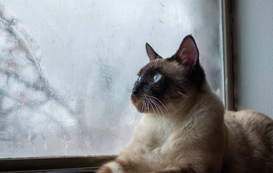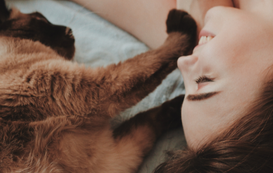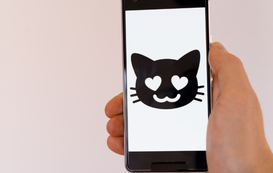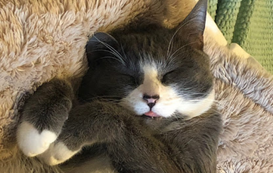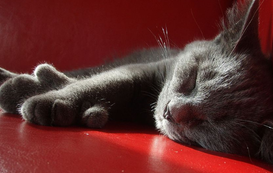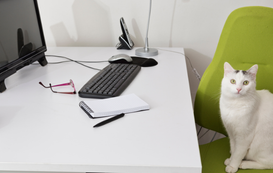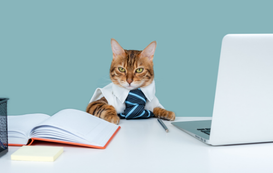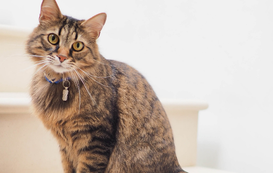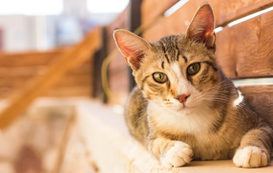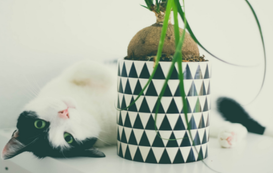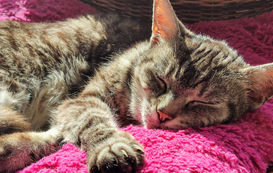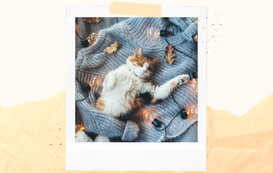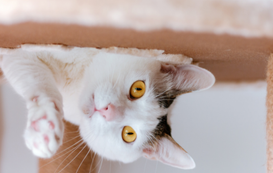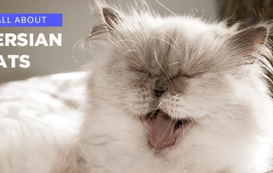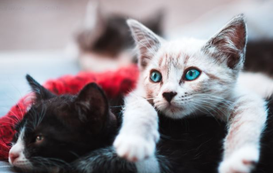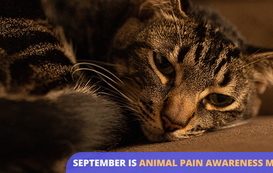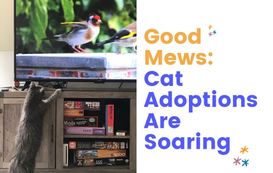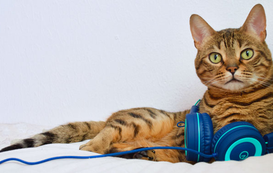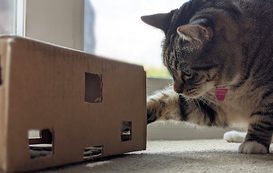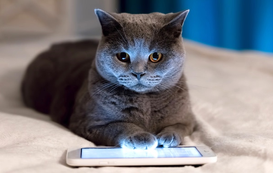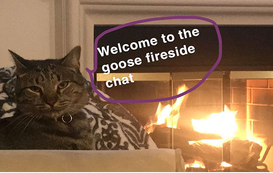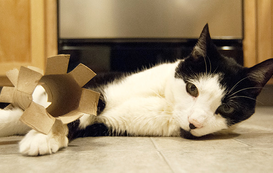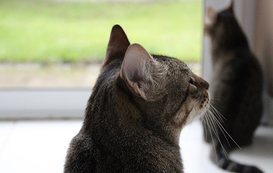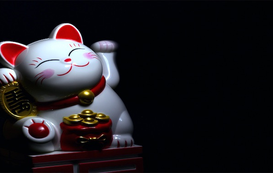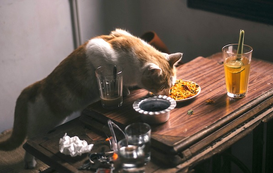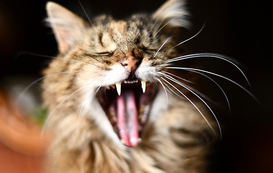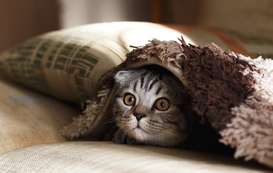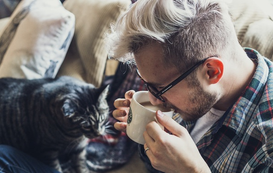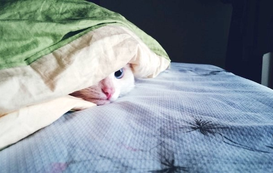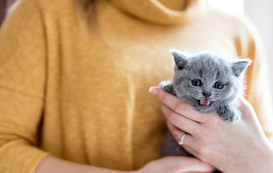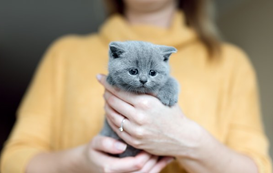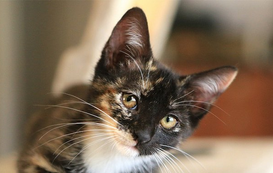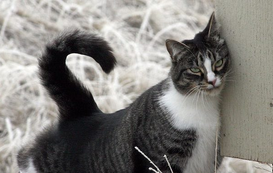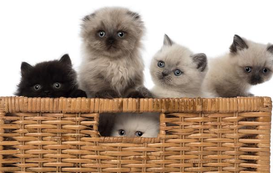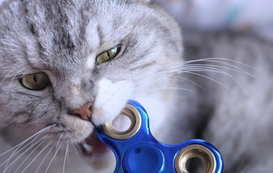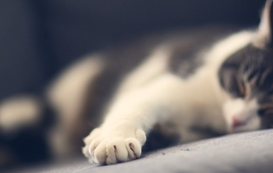- Home
- Cat Sitter Blog
- For Sitters
- The Ultimate Guide to Cat Sitting: Ensuring Purr-fect Care for Your Feline Friend
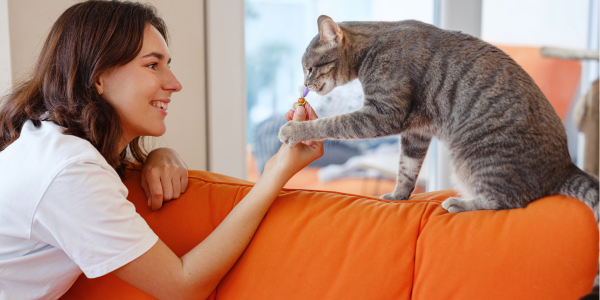

The Ultimate Guide to Cat Sitting: Ensuring Purr-fect Care for Your Feline Friend
Cat sitting isn't just feeding a cat and changing its litter box. It's about keeping a cat in their safe and comfortable environment while their humans are away. The art of cat sitting requires a blend of practical know-how and genuine affection for our whiskered friends. In this ultimate guide, we'll explore everything you need to know to ensure a stress-free and enjoyable experience for the pawrents, sitter, and the cat being cared for.
Preparation is Key:
- During your meet and greet, gather essential information such as emergency contacts, veterinary details, feeding instructions, and any special care requirements.
- Familiarize yourself with the cat's routine, favorite hiding spots, toys, and any quirks in their behavior.
- Ensure you have access to enough food, water, litter, and medications to last the duration of your cat-sitting reservation.
- Show interest in the kitty and start to make early bonding strides! This helps to reassure the cat parent that they made the right choice.
Creating a Comfortable Environment:
- Cats are creatures of habit, so maintaining their usual routine as much as possible is essential. Stick to their regular feeding times and play sessions.
- Designate a quiet area where the cat can retreat if they feel overwhelmed or anxious. Provide cozy hiding spots and comfortable bedding, perhaps including a shirt worn by the owner, so they can cuddle up to their human’s scent.
- Keep the litter box clean and stocked with enough litter to get through each day.
- Ensure the home is secure, with no escape routes or hazards that could harm the cat.
Building Trust and Bonding:
- Approach the cat calmly and respectfully, allow them to initiate contact on their terms. Pro tip: Getting down on the floor with them is a great way to earn their respect!
- Use gentle petting and soothing words to establish trust and build a bond with the cat. Learn the slow blink.
- Engage in interactive play sessions using toys that mimic hunting behavior, such as feather wands or laser pointers.
- Respect the cat's boundaries and signals; if they show signs of discomfort or aggression, give them space.
Health and Safety:
- Monitor the cat's health and behavior closely for any signs of illness or distress.
- Administer medications as instructed by the cat's owners, following proper dosage and administration guidelines.
- Be vigilant about potential household hazards such as toxic plants, small objects that could be swallowed, and open windows or balconies. Even a feather wand could pose a health hazard if the kitty gets curious and starts chewing and consuming the string while you’re not with them.
- In case of emergency, know the location of the nearest veterinary clinic and have transportation readily available.
- Leave the house tidy and take the kitty trash out.
Communication with Owners:
- Provide regular updates to the cat's pawrents; include photos and videos (if possible), to reassure them that their pet is in good hands.
- Notify the cat parents immediately of any concerns or changes in the cat's behavior or health.
- Respect the cat parents’ wishes regarding contact frequency.
Cat sitting is more than just a responsibility; it's an opportunity to forge a meaningful connection with a furry companion and provide them with the care and attention they deserve in their parents’ absence. By following the tips outlined in this ultimate cat sitting guide, you can ensure a purr-fectly enjoyable experience for you, the pawrents, and your kitty client. Happy cat sitting!
Need quality cat care while you're away? Meowtel cat sitters in your area are dependable and ready to help. We have the best cat sitters that undergo thorough background checks, so you can relax knowing that your cat’s needs are taken care of. When you need a reliable in-home cat sitter for your beloved pet, make Meowtel your trusted choice. Find the purrfect sitter today.





